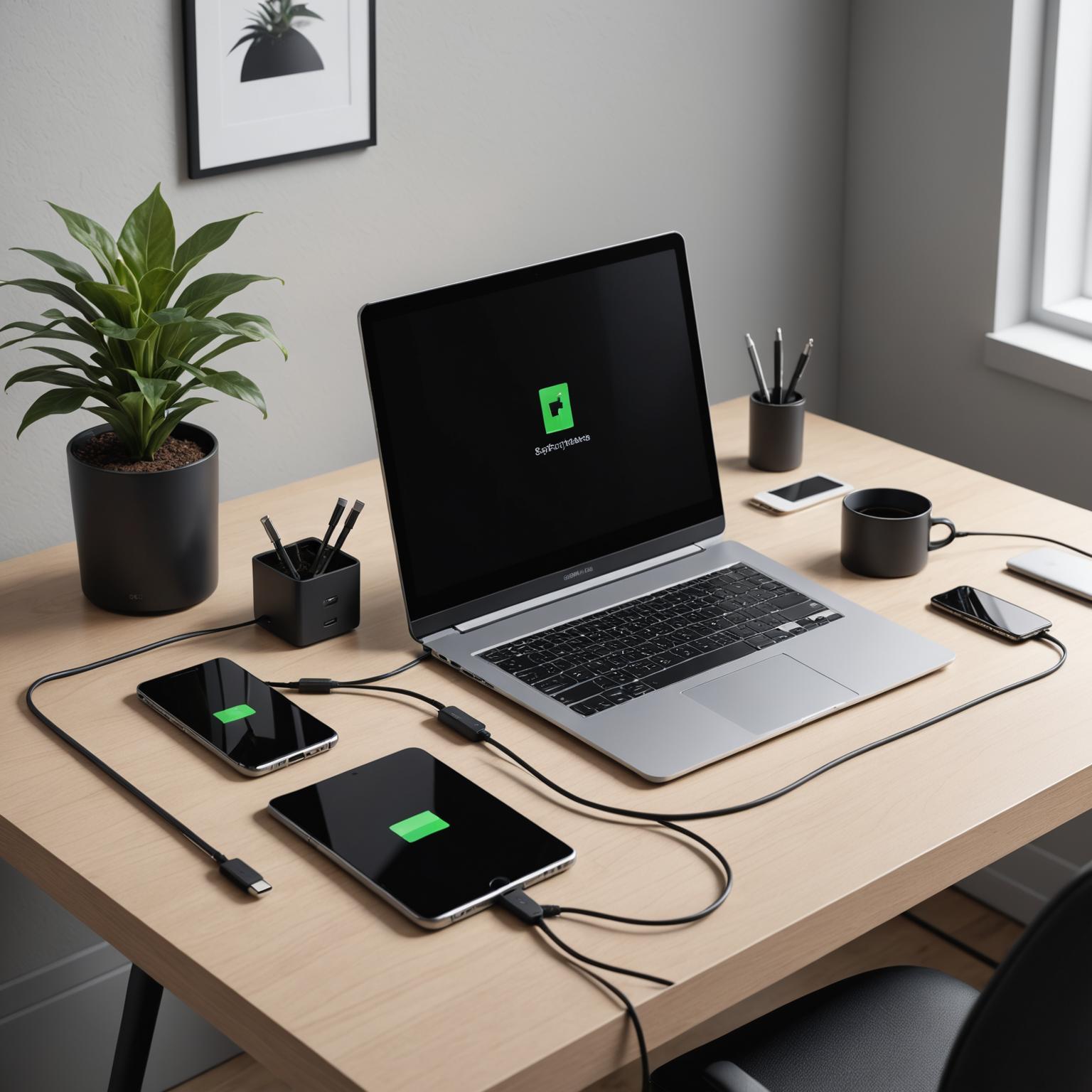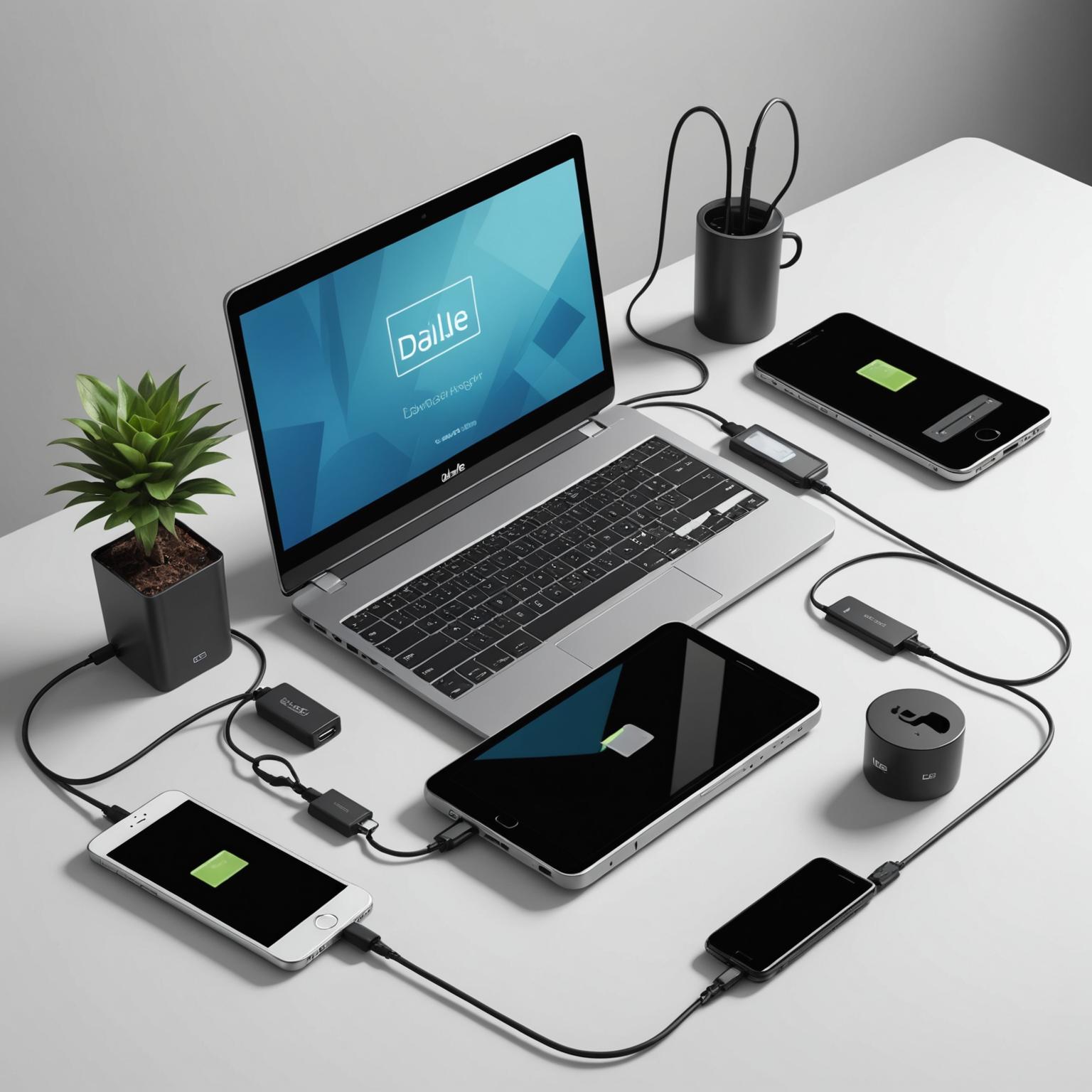This is our independent website, you can check out our products.https://pjcases.com
In the ever-evolving world of technology, connectivity standards have often felt like a tangled mess of different plugs and ports. For years, we’ve navigated a landscape of various USB types, each serving a different purpose. However, a new standard has emerged to simplify our digital lives, and the versatile type-c data cable is at the forefront of this revolution. It represents more than just a new shape; it’s a fundamental shift in how we power our devices and transfer information, setting up a clear contrast between the past and the future of universal connectivity.
The Era of One-Way Connections: A Look at USB-A
Before the current standard, the tech world was dominated by the USB-A connector. This is the familiar rectangular plug we’ve used for decades to connect everything from keyboards and mice to external hard drives and printers. While revolutionary for its time, USB-A has distinct limitations in the modern age. Its most notorious feature is its non-reversible design, leading to the universal frustration of trying to plug it in the wrong way first. Furthermore, its power delivery capabilities are limited, typically sufficient for small peripherals but not for power-hungry devices like modern laptops. Data transfer speeds, while once considered fast, now pale in comparison to what newer technologies can offer, creating bottlenecks in a world that demands high-speed data access.
The Game Changer: The Power and Versatility of the USB-C Cable
This is where the USB-C cable enters the picture as a superior alternative. The most immediate and celebrated advantage is its symmetrical, reversible design—you can plug it in correctly on the first try, every time. But its superiority goes far beyond convenience. A single USB-C cable can handle multiple tasks simultaneously. It supports protocols like Power Delivery (PD), which allows for significantly faster charging and the ability to power large devices like laptops and monitors. It also facilitates ultra-high-speed data transfer through standards like USB4 and Thunderbolt, making it possible to move massive files in seconds. This single port can also transmit video signals, allowing you to connect your device to an external –display, effectively replacing the need for separate HDMI or DisplayPort cables. This consolidation of power, data, and video into one sleek connector is its defining feature.
Bridging Two Worlds: The Essential Type-C to USB Adapter
While the industry is steadily moving towards a USB-C-only future, the transition is not instantaneous. Most of us still own laptops, desktops, and accessories that rely on the older USB-A standard. This is where the type-c to USB adapter becomes an indispensable tool. This simple accessory acts as a bridge, ensuring your new, modern devices can still communicate with your legacy hardware. Whether you need to connect your new smartphone to an older car for charging, plug a standard flash drive into an ultrabook with only USB-C ports, or use your trusted USB keyboard, the adapter ensures seamless backward compatibility. It smooths out the transitional period, allowing users to adopt new technology without rendering their existing peripherals obsolete.
Creating a Unified and Elegant Tech Ecosystem
The adoption of a universal standard like USB-C does more than just simplify connections; it enables the creation of a truly cohesive and elegant technology ecosystem. Imagine a workspace where a single, high-quality type-c data cable connects to a docking station that charges your phone, laptop, and tablet simultaneously. This vision is now a reality. Sleek charging hubs, minimalist power banks, and sophisticated docks all leverage the power and versatility of this single standard. This move away from a clutter of proprietary chargers and mismatched cables allows for a cleaner, more efficient, and aesthetically pleasing environment, where powerful functionality is matched by minimalist and modern design.
